In the quiet embrace of a remote Alpine village, a mystery has lain dormant for centuries, hidden within the walls of a church crypt. The mummified remains of an 18th-century clergyman, stored in St. Thomas am Blasenstein, have long been a source of fascination and speculation. Local legends whispered that the body, believed to belong to a man who succumbed to an infectious disease, had been exhumed years after burial and laid to rest in the crypt. The remarkable preservation of the body, with skin and tissue still intact, drew pilgrims who hoped for miraculous healing from the seemingly incorrupt remains. But beneath the surface of this enigmatic figure, secrets lay buried, waiting to be uncovered.
The mystery deepened with the discovery of a capsule-shaped object revealed by an X-ray scan, hinting at a more sinister end for the clergyman—one that suggested he may have been poisoned. Now, a team of scientists, led by Andreas Nerlich, a professor of medicine at Germany’s Ludwig-Maximilians University of Munich, has embarked on a journey to unravel the many unanswered questions surrounding this enigmatic mummy, nicknamed the "air-dried chaplain."
The opportunity for this groundbreaking investigation arose unexpectedly. A water leak in the crypt prompted a renovation, providing the perfect moment for the mummy to be examined using state-of-the-art scientific techniques. "We took the mummy for a few months for examination with our specialized teams, CT scans, and so on. In the meantime, they had time to renovate," Nerlich explained. "It was a win-win situation. We got the mummy for long enough to do a perfect analysis."
Through a combination of CT scanning, radiocarbon dating, and chemical analysis of bone and tissue samples, Nerlich and his colleagues were able to piece together the puzzle of the mummy’s identity and the unique preservation method that had kept it intact for centuries. Their findings, published in the journal Frontiers in Medicine, revealed surprising details about the clergyman’s final days and the techniques used to preserve his body.
The most significant revelation came from the CT scan, which showed that the mummy’s abdominal and pelvic cavity was packed with an unusual mixture of materials. Wood chips from fir and spruce trees, linen, hemp, and flax fabric, including some delicately embroidered pieces, were found inside the body. Toxicological analysis also detected traces of zinc chloride and other elements. "It was really unexpected because the body walls were completely intact," Nerlich said.
To explain this apparent contradiction, the team theorized that the materials were likely inserted through the rectum. They believe that the combination of these materials contributed to the mummy’s air-dried state. "The chips and the fabric would have [bound] water. The zinc chloride would have had a drying effect and reduced the load of bacteria in the bowel," Nerlich explained. This embalming technique, which differs from the more well-known methods used in ancient Egypt, has never been reported in scientific literature before. Nerlich suggests that this method, though unrecorded in textbooks from the time, might have been widely used in the 18th century to preserve corpses for transport or viewing.
Mummification practices, it turns out, were likely much more widespread and diverse in the past than previously thought. Gino Caspari, an archaeologist and editor of "The Book of Mummies: An Introduction to the Realm of the Dead," notes that when examined with new interdisciplinary analysis techniques, mummies provide a richer source for studying the past than purely skeletal remains. "We can gain a lot of knowledge from mummified remains: This ranges from the study of disease and medical treatments to substance use and cultural aspects like attitudes towards death and the body," Caspari said.
While the "air-dried chaplain" is clearly not a natural mummy, more detailed analysis is needed to definitively confirm whether zinc chloride was used to preserve the remains. Marco Samadelli, a senior researcher at the Institute for Mummy Studies at Eurac Research, noted that small amounts of arsenic, another well-known embalming agent, were also detected in the mummy.
The team concluded that the mummified body was that of Franz Xaver Sidler von Rosenegg, an aristocrat who served as the parish vicar at St. Thomas am Blasenstein for about six years before his death in 1746 at the age of 37. Locals had long suspected that the mummy was Sidler, though there was no written evidence to confirm this. Radiocarbon dating placed the year of his death between 1734 and 1780, and analyses of the body suggested an age at death from 30 to 50 years, with the most plausible span between 35 and 45 years. These dates align with what is known about Sidler’s life and death.
Chemical isotopes from a bone sample taken from the mummy’s spine revealed a high-quality diet based on grain and a large proportion of meat. "This is well in line with the expected rural food supply of a local parish vicar," the study authors wrote. The absence of stress on the skeleton also fit the life of a priest lacking in hard physical activity. However, the study found that toward the end of the clergyman’s life, he may have experienced food shortages, perhaps caused by the War of Austrian Succession, which was underway at the time.
Contrary to earlier suspicions, the vicar was not poisoned. Instead, the researchers believe he suffered from chronic tuberculosis, which may have killed him by causing an acute pulmonary hemorrhage. Inside the mummy, the researchers found a small glass sphere with holes on both ends—likely part of a set of rosary beads that had been accidentally trapped in the embalming material. This item was the bullet-shaped object detected by an X-ray conducted in the early 2000s, which had raised suspicions of a poisonous capsule.
The team also found no evidence that the body had ever been buried and exhumed. More likely, the body had been prepared for transport back to the vicar’s "mother monastery" 15 kilometers away. For reasons lost to time, the corpse was left in the church crypt, never to embark on its final journey.
The Broader Implications
The study of the "air-dried chaplain" is more than just a fascinating glimpse into the past. It highlights the incredible potential of interdisciplinary research to uncover hidden histories and challenge our understanding of historical practices. By combining modern scientific techniques with historical context, researchers can piece together the lives and deaths of individuals who lived centuries ago, providing insights into their health, diet, and cultural practices.
Moreover, this research underscores the importance of preserving and studying mummies. Unlike skeletal remains, mummies offer a wealth of information about soft tissues, diseases, and even the cultural attitudes towards death and the afterlife. Each mummy is a unique window into the past, and with advancements in technology, we can now extract more information than ever before.
A Legacy Unearthed
The story of Franz Xaver Sidler von Rosenegg, the "air-dried chaplain," is a testament to the enduring mysteries of history and the power of science to unravel them. His mummified remains, once the subject of local legends and speculation, have now been revealed through meticulous research and advanced technology. The findings not only shed light on the clergyman’s life and death but also provide valuable insights into the embalming practices of the 18th century.
As we continue to explore the past through the lens of modern science, we are reminded that history is not static but a dynamic tapestry woven from countless threads of discovery. The "air-dried chaplain" is just one such thread, but his story enriches our understanding of a bygone era and highlights the incredible potential of interdisciplinary research.
In the end, the mummy of Franz Xaver Sidler von Rosenegg is more than just a relic of the past. It is a symbol of the enduring human quest for knowledge, a reminder that even the most enigmatic mysteries can be unraveled with patience, curiosity, and the right tools. And as we look to the future, we can only wonder what other secrets lie hidden, waiting to be discovered and brought to light.

By Sophia Lewis/May 6, 2025
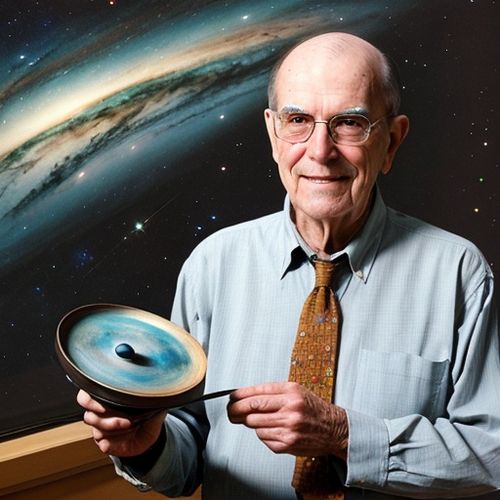
By Olivia Reed/May 6, 2025

By William Miller/May 6, 2025
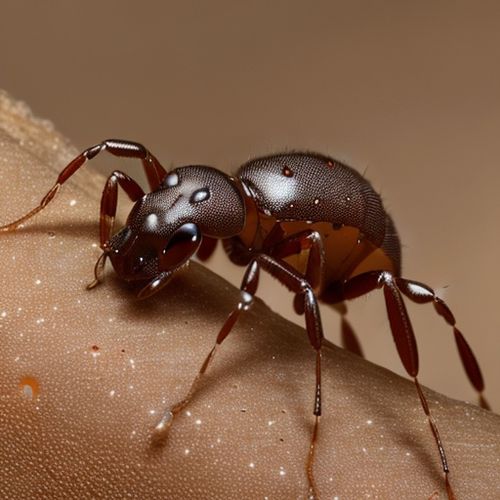
By Eric Ward/May 6, 2025
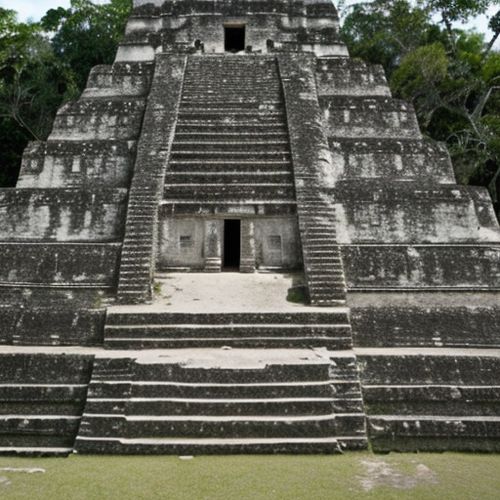
By John Smith/May 6, 2025
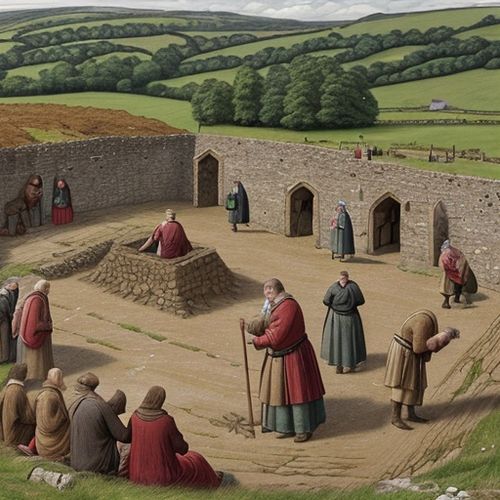
By Rebecca Stewart/May 6, 2025

By Benjamin Evans/May 6, 2025

By Eric Ward/May 6, 2025

By Eric Ward/May 6, 2025
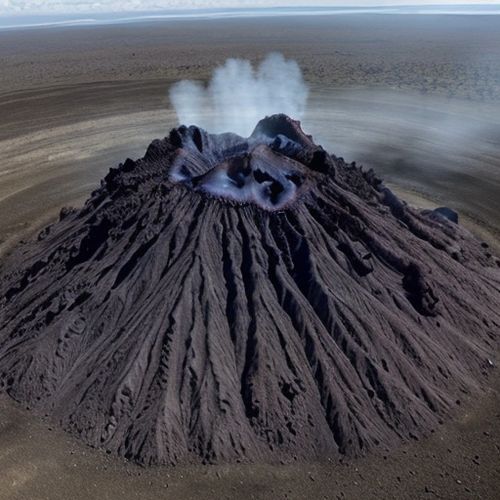
By Daniel Scott/May 6, 2025

By Benjamin Evans/May 6, 2025

By Elizabeth Taylor/May 6, 2025

By James Moore/May 6, 2025

By Victoria Gonzalez/May 6, 2025

By Sophia Lewis/May 6, 2025
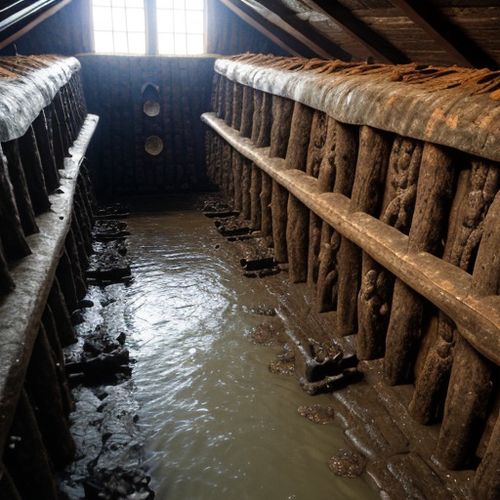
By Laura Wilson/May 6, 2025

By Olivia Reed/May 6, 2025

By David Anderson/May 6, 2025

By Olivia Reed/May 6, 2025
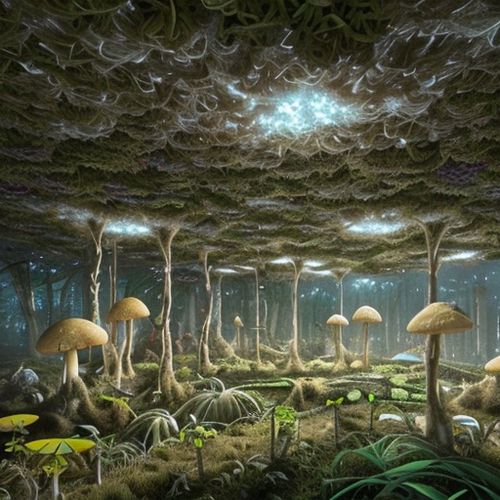
By Sophia Lewis/May 6, 2025